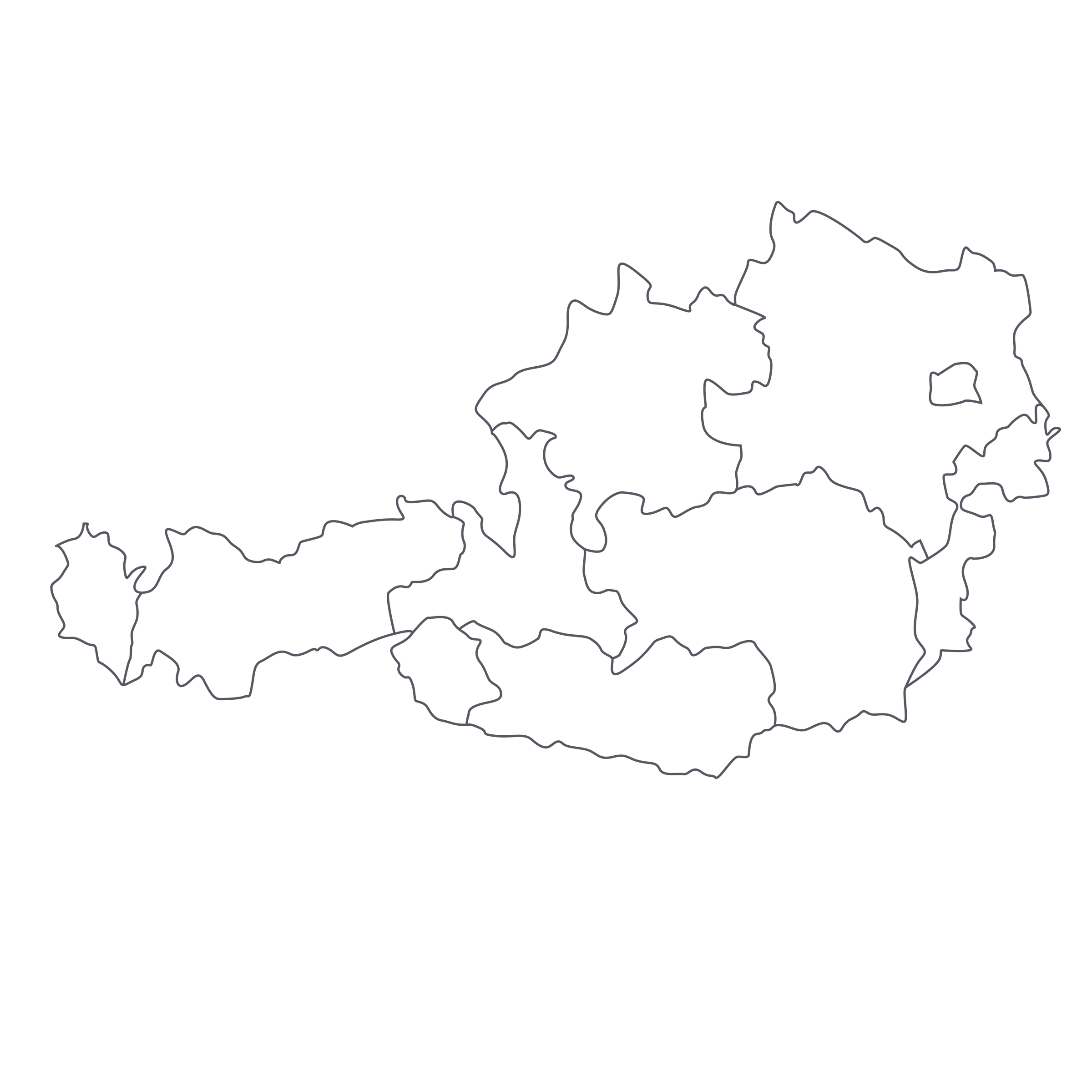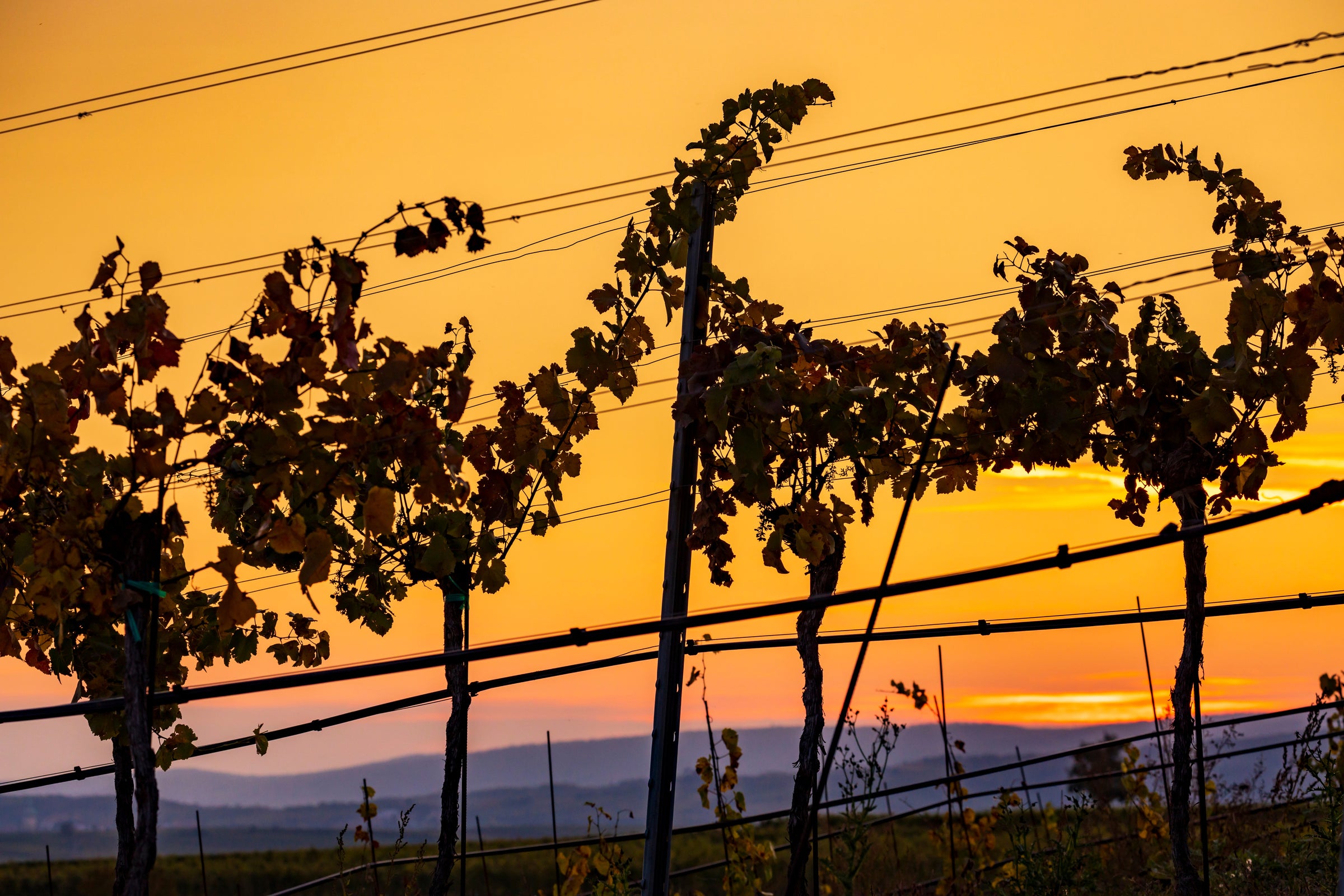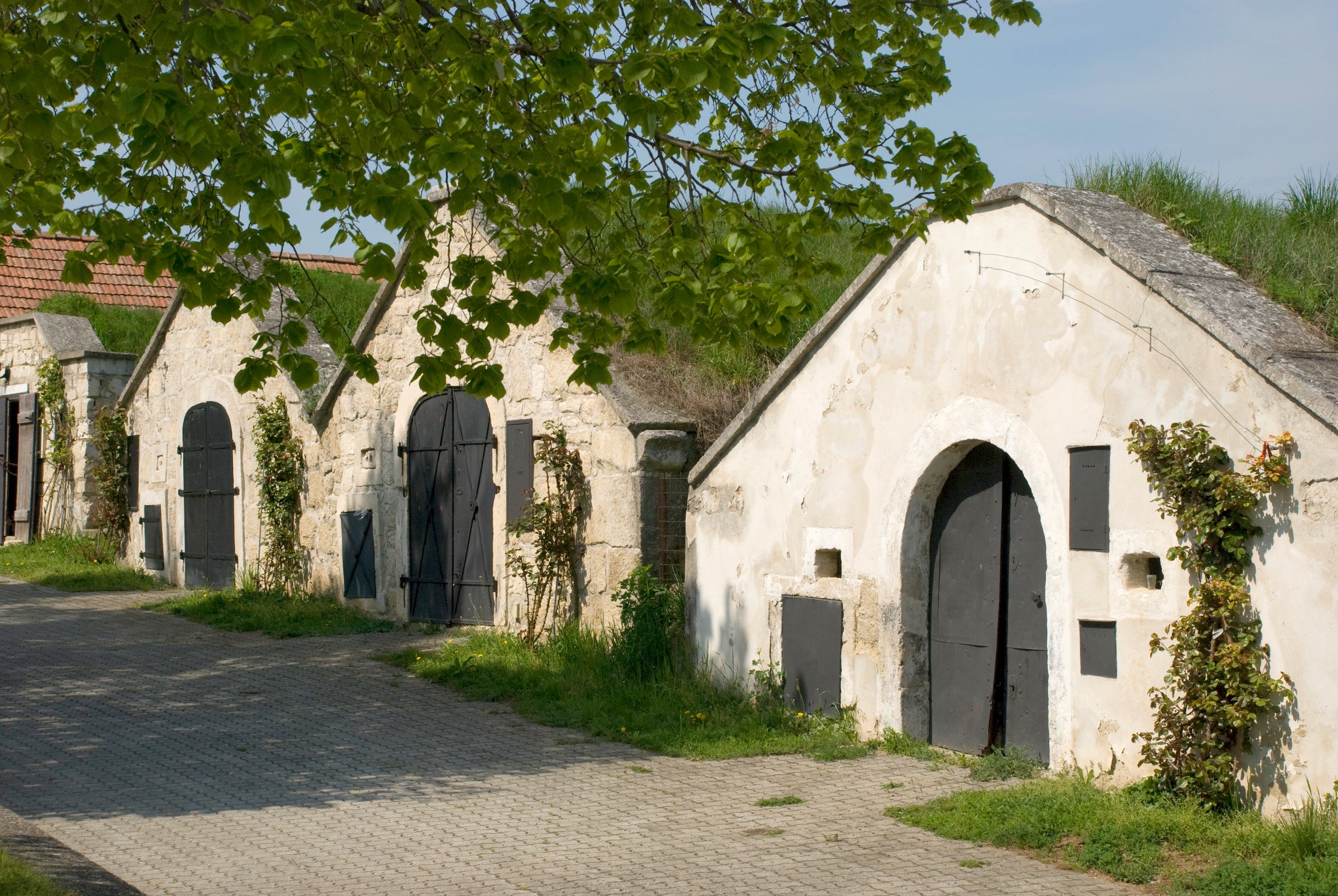“Ich bin ein Veltliner!” (“I am Veltliner”) is Bernhard Ott’s full-throated battle cry, which he backs up with a lineup of some of the best single-vineyard Grüner Veltliners in all of Austria. He’s got the talent, he’s got the real estate, and in “Der Ott,” he’s got a wine that has cemented his legend. It was born in 2014, one of the toughest vintages this century, and, faced with fruit that was not up to his usual standards, Bernhard ‘declassified’ his best single-vineyard wines and blended them together to create “Der Ott.”
Perhaps not surprisingly, that wine ended up being one of the critical darlings of the vintage, inspiring Bernhard to continue bottling it in subsequent years—turning one of the most challenging moments in his career into one of the most reliably delicious wines coming out of Austria. Now it is a staple of the awe-inspiring Ott lineup, a wine celebrated for its seamless combination of elegance and power and its remarkable value proposition. Through his dedication to biodynamic farming, fastidious vineyard management, and masterful winemaking, Ott has etched his name in the pantheon of Austrian greats. This is truly a “signature” wine—a must-have for lovers of elite Grüner Veltliner.
The Ott family has grown wine in Wagram since 1889. Fourth-generation Bernhard took over for his father in 1993 and immediately began making an impact on the estate, dedicated to the proposition that truly great wines could be made from their vineyards. Located just east of the Wachau/Kremstal/Kamptal triumvirate, the Wagram sees the same interplay of Alpine air from the northwest and warmer air from the Pannonian Plain to the east. The soils are dominated by loess, a sedimentary soil of sand and silt that is a little deeper and richer than some of the “primary rock” (gneiss, schist, granite) found further west. It is Grüner Veltliner’s preferred soil type, producing richer, deeper styles with distinctive spice characteristics.
After an inspirational trip to legendary Burgundy producer Domaine de la Romanée-Conti, where Bernhard learned details about biodynamic farming (and tasted through the epic line-up of wines), he returned to Austria committed to converting all his vineyards to fully biodynamic viticulture. It is now one of the hallmarks of his production; the predominant ethos in the vineyard and the cellar. Every vintage since that change he has seen improved overall health of his vineyards and quality of the fruit they produce. His 28 hectares of vineyards, 90% of which are planted to Grüner Veltliner, are now Certified Biodynamic by an Austrian body called RESPEKT.
Bernhard’s Der Ott is sourced from the area’s best “Erste Lage” (Premier Cru) vineyards: “Rosenberg,” “Spiegel,” and “Stein.” After hand-harvesting a ripe crop, it’s simple, clean winemaking back at home base—gentle pressing of whole clusters after a meticulous sorting, native fermentations, and aging on lees in stainless steel for added richness. Next comes a tank selection made during the aging process—the best tanks are bottled on their own as the single-vineyard wines and the rest become Der Ott. This simple selection process amounts to one of the best white wine values in the world.
For many in the region, the 2017 vintage is considered one of the best of the past decade. The vintage was quite warm but Bernhard claims that his conversion to biodynamics has enabled him to harvest Grüner a little earlier without sacrificing physiological ripeness, proving true the maxim that “healthy soils are the answer to climate change.” Like many of the best Grüners, this wine provides an enticing combination of savory, herbal notes and zesty, citrus-edged fruit. Swirl the glass and ripe yellow pears, golden apples, white pepper, dried herbs, and baby arugula appear. Swirl again, and salted lemon, citrus peel, grapefruit, and quince pour out alongside an avalanche of crushed stones. It is the tension of the ripe, dense fruit along with the taut, mineral acidity that makes the palate of this wine so energizing and delicious. There are layers of herbaceous stone fruit with an overall texture of micro-crystals in solution, leading to a superbly long finish. Served at 45-50 degrees, I would pair this with a swordfish in lemon and fennel, though really any combination of fish and bright, crunchy salad would be incredible.






